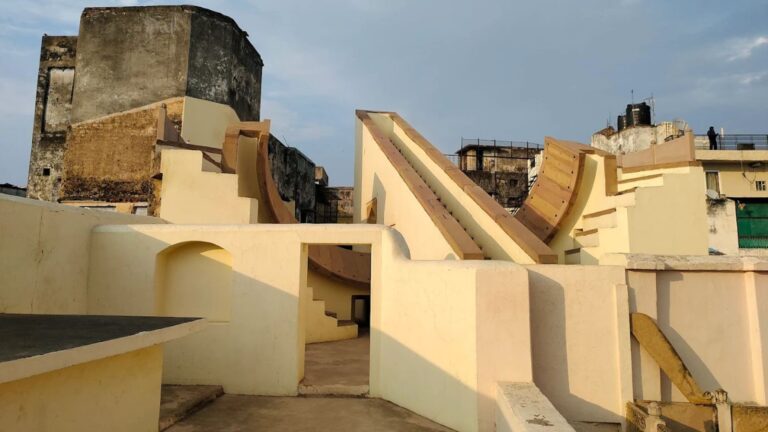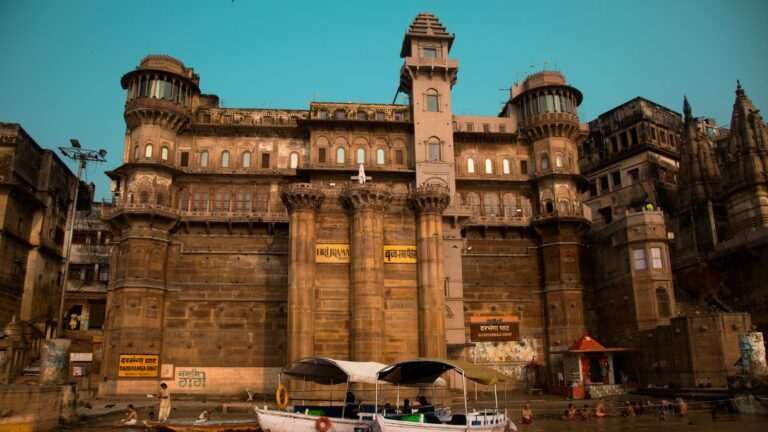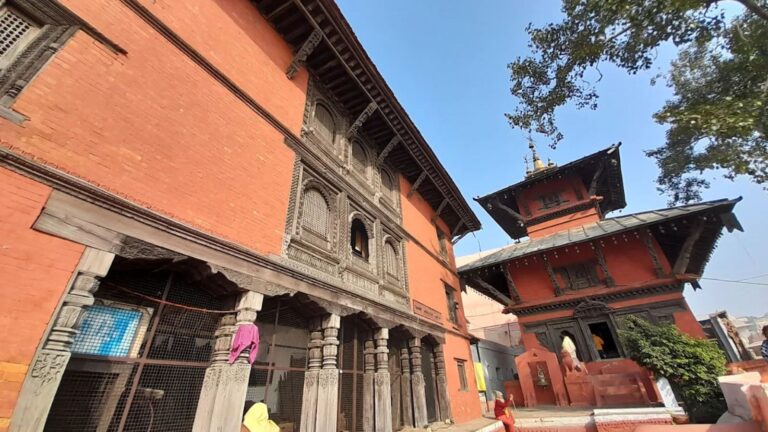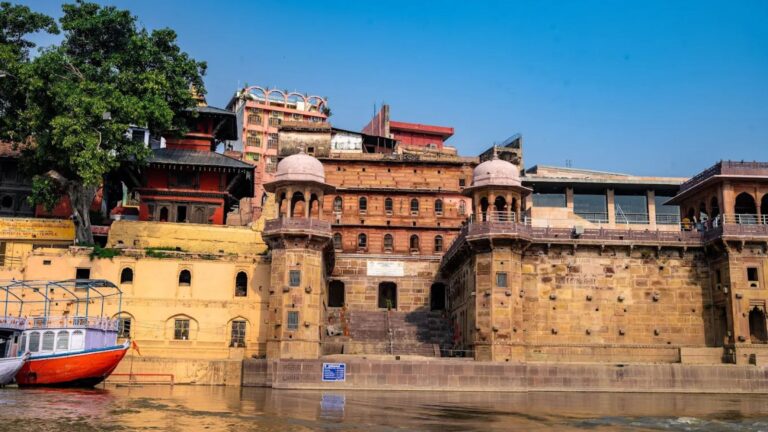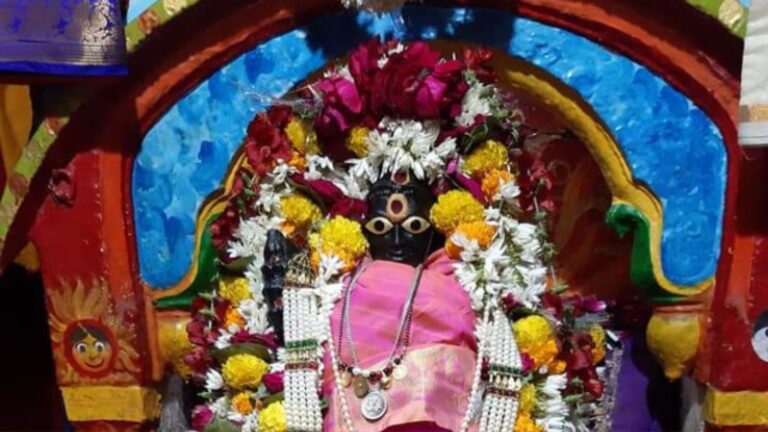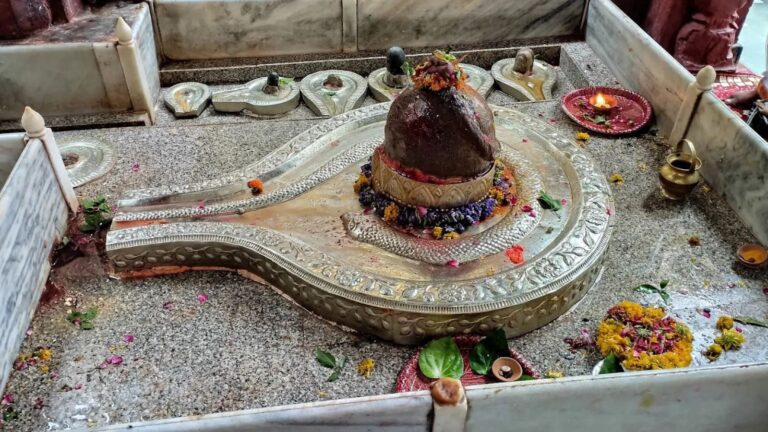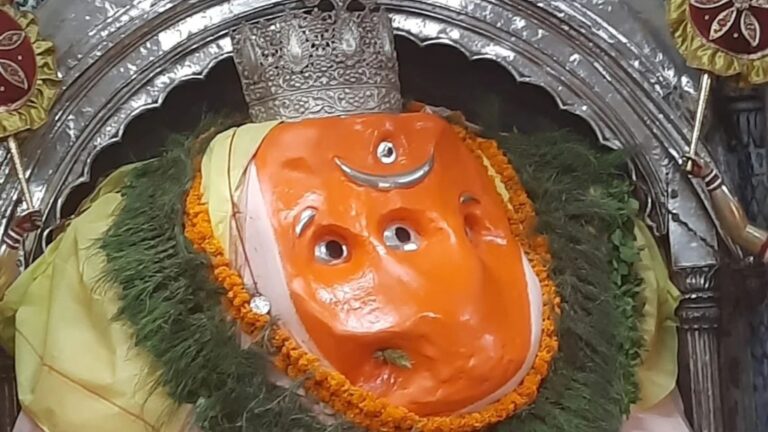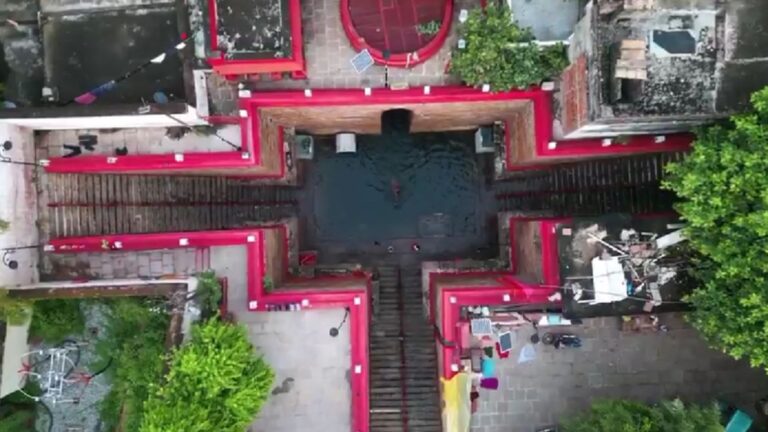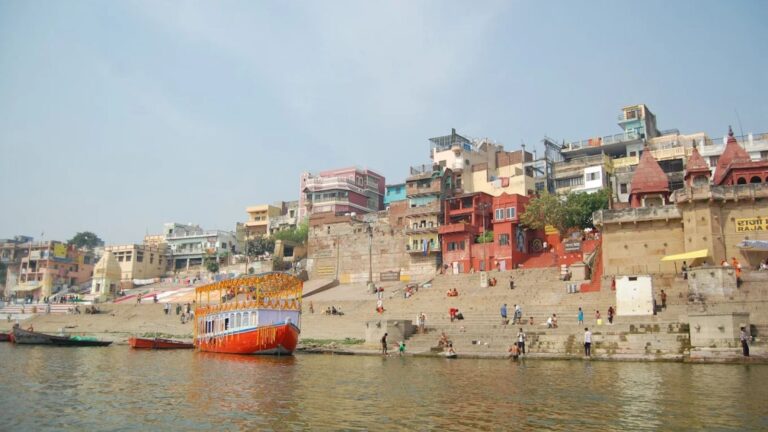
Why couples avoid bathing together at the Narada Ghat
Narad Ghat in Varanasi is one of the city’s many historic riverfronts, named after the celestial sage Narada. It is closely associated with a unique local belief: couples are advised not to bathe here together. The reason lies in a…
